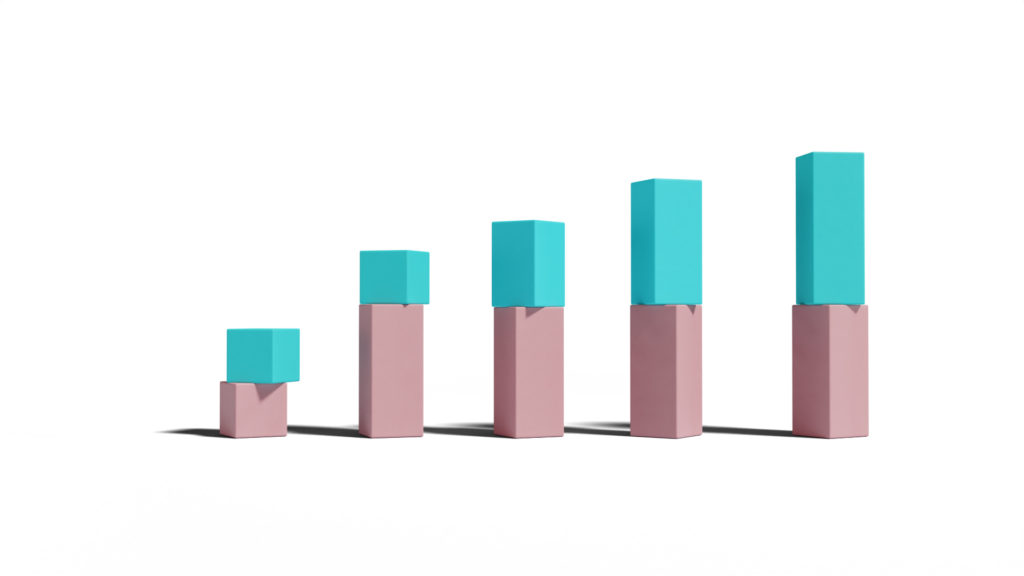Coming up with an optimal purchase price for a product can be a complex and challenging task for any business. It is no secret that the price of a product can greatly affect the success or failure of the product in the market. However, by understanding and considering certain key factors, businesses can set purchase prices for their products in a way that the price maximizes profitability while also appears appealing to their target market. One important tool that can help with this task is pricing software and pricing automation.
Here are some best practices you can take to calculate an optimum purchase price for your product.
Table of Contents
How to price your products (3 simple steps)
Understanding variable costs
The first step in setting a purchase price for a product is to determine the cost of production.
This includes all costs (COGS = Cost of Goods Sold) associated with creating and delivering the product, such as materials, labor, and overhead expenses. Once the cost of production has been determined, businesses can then add in a markup to cover expenses such as marketing, sales, and distribution (fixed costs).
If a business is producing a product at a high volume, the variable costs per unit may be lower, which means that the business can afford to set a lower purchase price for the product and still make a profit. On the other hand, if the business is producing a product at a low volume, the variable costs per unit may be higher, which means that the business may need to set a higher purchase price for the product in order to make a profit.
Let’s see an example of pricing a candle. The variable costs are the following:
- The cost of raw materials (such as wax, wicks, and fragrance oils) for each candle is $2.
- The cost of packaging materials (such as labels and boxes) for each candle is $0.10.
- The cost of direct labor (the time it takes to make the candle) is $15 per hour, and it takes 0.5 hour to make a candle.
Determining the total cost per candle:
- Variable costs: $2 (raw materials) + $0.10 (packaging) + $7.5 (labor) = $9.60 per candle
The role of fixed costs in pricing
By including fixed costs in the calculation, a business can ensure that they are able to cover these expenses and still make a profit. If fixed costs are not considered when setting a purchase price, the business may end up selling its products at a loss, even if the variable costs are covered.
Let’s say;
- The cost of rent for the workshop is $500 per month.
- The cost of equipment (such as a wax melting pot and molds) is $3,000.
- The cost of marketing and advertising expenses is $300 per month.
Determining the total fixed cost per month:
- Fixed costs: $500 (rent) + $3,000 (equipment) + $300 (marketing) = $4,800 per month.
If the company produces 1000 candles per month, the fixed cost per candle is $4,800 / 1000 = $4.8 per candle
- The total cost per candle is $9.60 (variable costs) + $4.8 (fixed costs) = $14.40
You can also allocate fixed costs depending on your product’s relative contribution to the total sales revenue when you sell multiple products. Here’s an example:
Product A: $5000 in sales revenue
Product B: $3000 in sales revenue
Product C: $2000 in sales revenue
Total sales revenue: $10000
Allocation of fixed costs to each product:
Product A: $4800 * ($5000/$10000) = $2400
Product B: $4800 * ($3000/$10000) = $1440
Product C: $4800 * ($2000/$10000) = $960
Alternatively, you could allocate the fixed costs based on the number of units sold of each product, or some other measure of activity. The key is to choose a method that best reflects the relationship between the fixed costs and the products being sold.
Profit margin
Now, in order to make sure you have a purchase price that allows you to make profit out of your products, you need to add a profit margin.
Let’s say you want to make a profit of 25% on each candle.
To achieve this profit margin, the retail price per candle would be $14.40 (total cost) / (1 – 0.25) = $19.2.
Note, that you may want to choose your profit margin before your costs, if as a business you prioritize maximizing profits over covering your expenses. You may need to experiment with different approaches to find the one that works best for your business. It’s also important to regularly review your pricing strategy to make sure it remains effective over time.
Consider your target market and competition
It is important to note that the above three step calculation is a simplified version of product pricing and in the real world there are other factors to consider, such as competition, market demand and target customer. The real demand plays a role in the volumes you will achieve with a given price point.
Understanding the needs and preferences of the target market, as well as the prices of similar products in the market, can help businesses set purchase prices to their products that are competitive and appealing to their target market. Pricing optimization software can help you to analyze these factors and make sure you are setting prices that are competitive and profitable.
If a business is targeting the luxury market, they may be able to charge a higher price for their product, as consumers in this market are often willing to pay more for exclusive products. However, if a business is targeting the budget market, they may need to price their product lower in order to appeal to cost-conscious consumers.
Use a pricing calculator to determine purchase price
Instead of manually trying to determine the best purchase price, use a pricing calculator to help simplify your pricing strategy.
With Sniffie’s pricing gateway tool, you can find an optimal price point for your products and the Margin waterfall tool will show you how your margins vary when you change the price.
Remember to keep testing and adjusting your prices
As the product becomes more established in the market, businesses can gradually increase the purchase price in order to maximize profitability. During the maturity stage of the product life cycle, businesses may need to focus on cost-cutting measures in order to maintain profitability, as sales may start to decline. Pricing software can help businesses automatically adjust prices based on the stage of the product life cycle, making it easier to form optimal purchase prices as well as to optimize pricing strategies.



